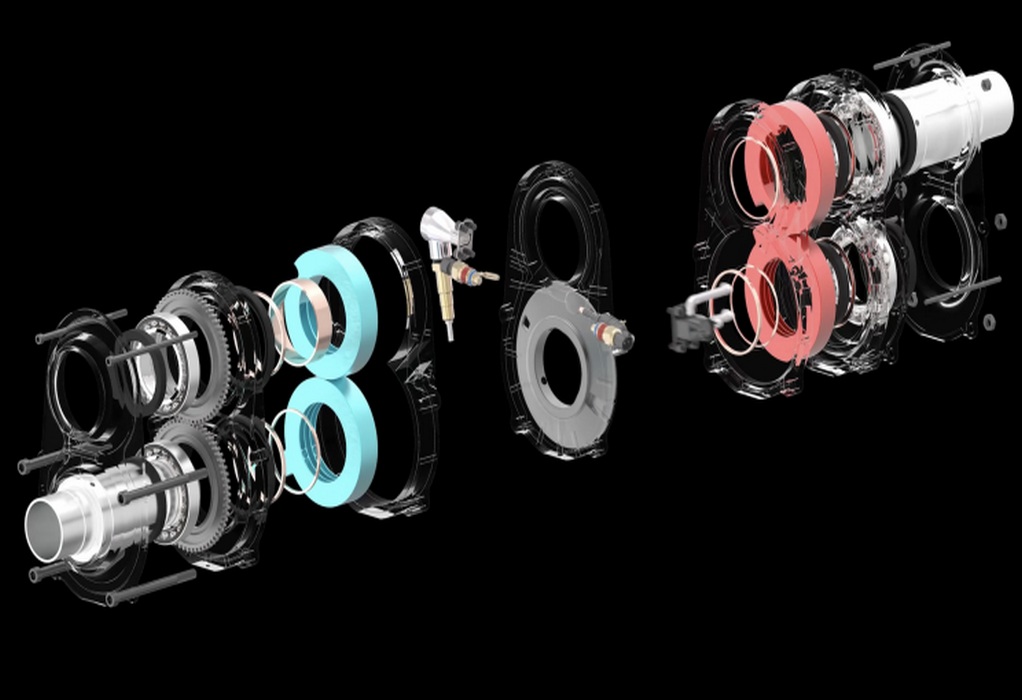The world is increasingly turning away from the use of internal combustion engine (ICE) vehicles, but some companies aim to repurpose the tried and true technology to allow it to live in harmony alongside climate change requisites.
One example comes from Astron Aerospace, which unveiled the Omega 1, an engine designed to give internal combustion a new lease of life amid increasing curbs on fossil fuel consumption, according to a report from Motor1.com.
The Omega 1 was designed to work with several different fuels, and its creators claim it can run while producing very low emissions. On its website, Astron Aerospace says the Omega 1 produces “extremely low to zero harmful emissions”, and that it is the “ultimate range extender”.
The company says it has a working prototype of its engine and that it will release more information in the not-too-distant future. In the meantime, it has revealed that, much like a Wankel engine, the Omega 1 doesn’t feature an offset crankshaft, eccentric shaft, or reciprocating pistons. However, unlike Wankel engines, the Omega 1 comes with a pre-chamber, connected to a pair of chambers, that separates cold intake air from exhaust gas, removing the issue of exhaust gas overlap.
The world’s first active linear power transfer engine
According to Astron Aerospace, all of this makes the Omega 1 the world’s first engine with an active linear power transfer. “As the Omega 1 engine rotates,” the company says on its website, “all the power is transferred through the single rotating power shaft.” The firm also says the Omega 1 doesn’t require rota seals due to tight tolerances and such high RPMs that there’s not enough time for air to leak.
Astron Aerospace says the Omega 1 “will change the world for the better by providing a new, smaller, more powerful engine while using much less fuel.” The company says its new creation “will produce significantly less greenhouse gasses, while improving torque and power in [an] incredibly small package.”
One standard Omega 1 engine weighs only 35 lb (16 kg) and produces an output of 160 horsepower 170 pound-feet of torque. The company says its innovative engine’s design also allows multiple engines to be stacked together, increasing the output. While this design isn’t likely to prevent the ongoing push towards electrification — Canada and Norway, for example, have recently announced bans on ICE vehicles — it may well help internal combustion technology, which has been so reliable for over a century, stay around just a little longer.
Source: https://interestingengineering.com/
Tags: Astron Aerospace, Cumbustion Engine, Emissions, ICE



Recent Posts
Hyundai Glovis to Retrofit Seven PCTCs with Avikus AI Navigation System
Super Terminais orders three more Konecranes Gottwald ESP.10 Mobile Harbor cranes
Covestro and HGK Shipping Extend Partnership to 2040 with Focus on Wind-Assisted Vessel Retrofit
Artemis Technologies Successfully Demonstrates 100 Percent Electric Crew Transfer Vessel at Aberdeen Offshore Wind Farm
IACS Council Advances Decarbonisation, Digitalisation and Governance Priorities at C91 Meeting in Beijing
Japan Launches Major R&D Project to Advance Shipbuilding with Alternative Fuels
EU Adopts Emissions Standards for Low Carbon Hydrogen to Bolster Clean Energy Market
Trafigura to Implement ZeroNorth’s AI Platform Across Global Fleet